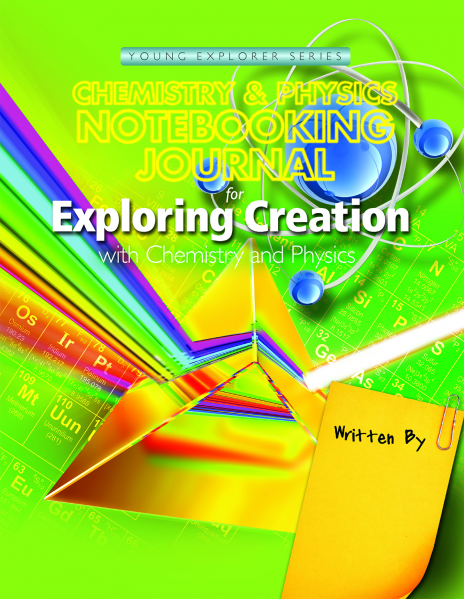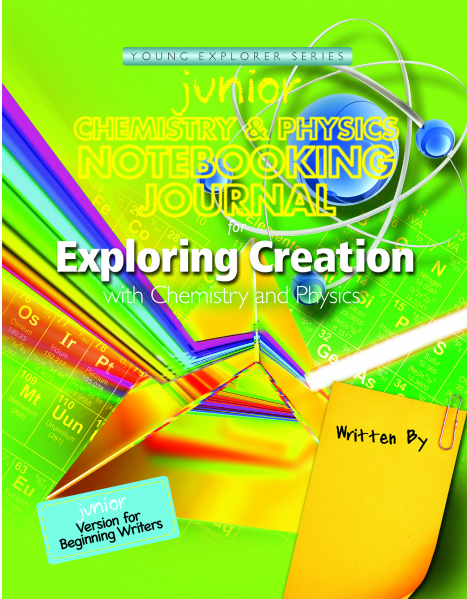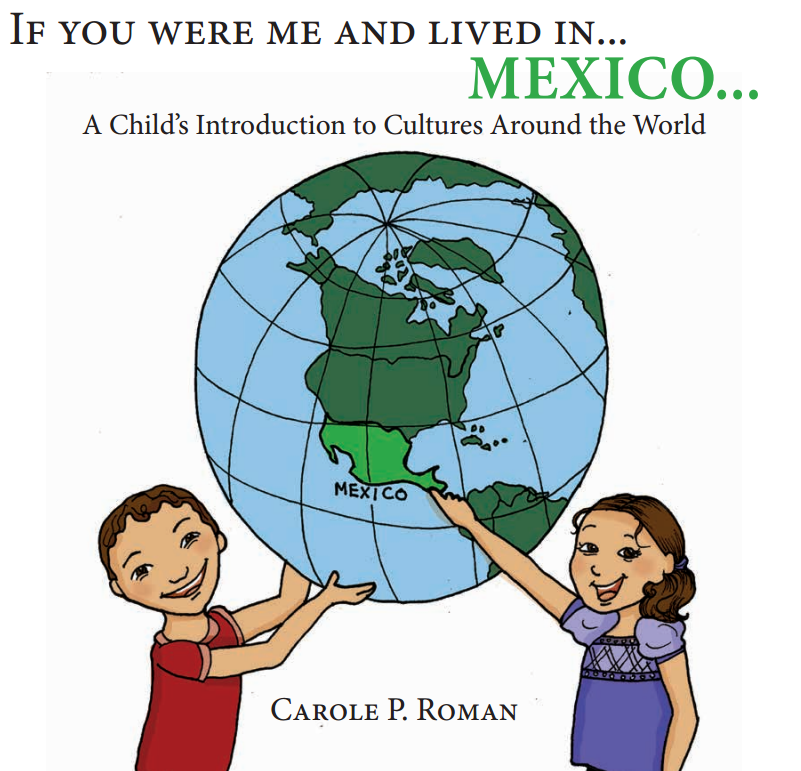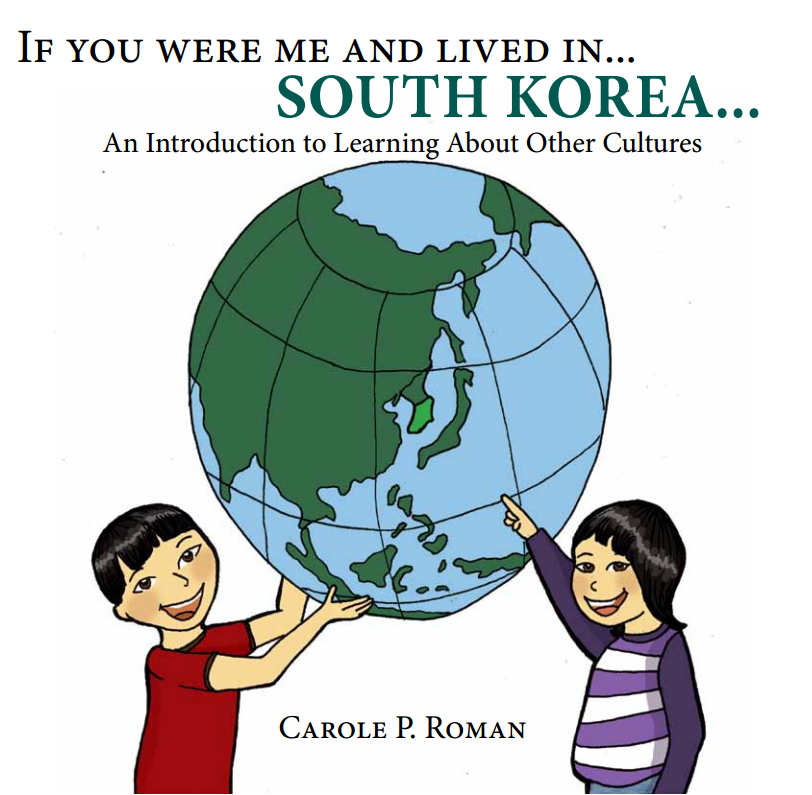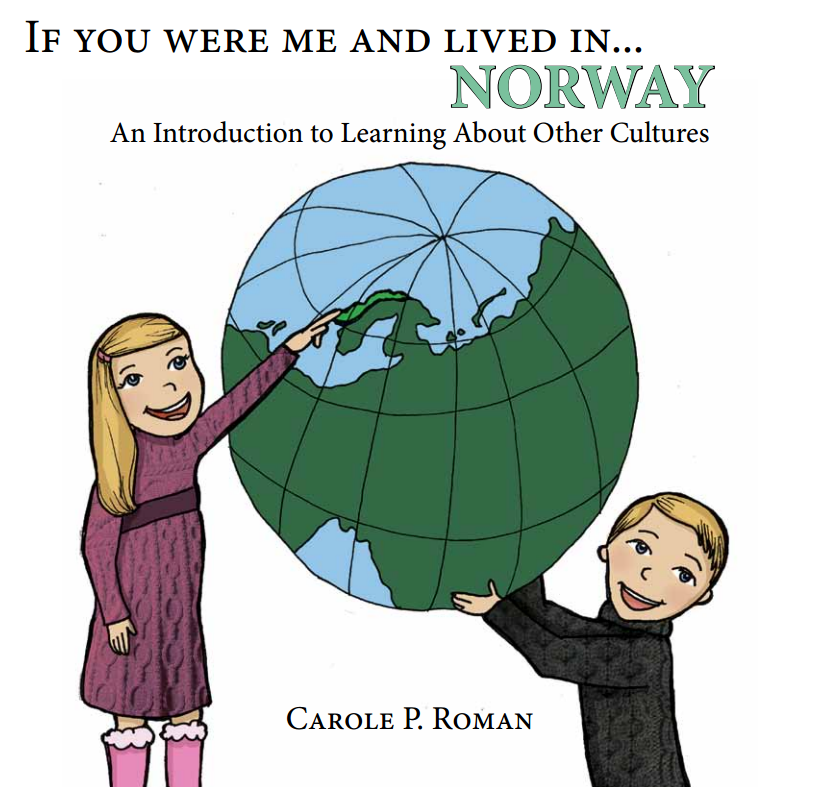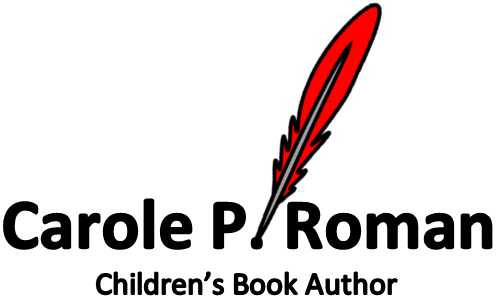Last night, Micah & Nicholas were wrestling. Micah came into the kitchen to get a kleenex because he had a cut inside his nose.
Micah: "He cut the inside of my nose!"
Me: "How'd he do that?"
Micah: "He stuck his finger up my nose!"
Me (teasing Nick): "Nicholas, why were you picking your bother's nose?"
Nicholas: "It was an accident!"
Me: "How do you accidentally stick your finger up someone's nose?"
Nicholas: "I don't know!"
Me: "Don't pick your bother's nose."
Micah: "Yeah, I can do it myself!!!"
Tuesday, November 26, 2013
Tuesday, November 19, 2013
Review: Ghost Boy
When Martin Pistorius was 12 years old, he came home from school with a sore throat. Over the next two years, his mind and body shut down, until he was left a quadriplegic who could not speak. Then, around the time he was 16, his mind started coming back to life. He tells his story in the book, Ghost Boy.
As Martin becomes more aware, he realizes that he has little to no control over his limbs and that he has no voice. All he can do is smile and move his eyes and head. He tries to use these signals to let everyone around him know that he is conscious and aware, but, as he states in the book, "They'd been told long ago that I was severely brain damaged, so when the young man with stick-like limbs, empty eyes, and drool running down his chin occasionally lifted his head, that's what they saw."
Martin spends the next decade in his unresponsive body, without a working voice. His days are spent at a day care facility while his parents work, but his father picks him up every evening to take him home to the family. His mind is active, and he spends much of his time developing elaborate fantasies to escape the horror of being trapped inside his own body; it's the only way he keeps from going mad.
Then a new caretaker enters his life and has a hunch that Martin is aware. She convinces others around her, and they take him to be evaluated for an alternative communication device. He passes the evaluation, and a new life is opened for him.
Martin speaks of his faith in God; that while he couldn't explain it, he knew that God was with him and he wasn't alone. His courage and strength is inspiring, as is the love of his father and mother and the woman he ends up marrying. I couldn't put the book down. Ghost Boy is an book of amazing perseverance through the most horrific trials one could imagine, and it's definitely worth your time to check out this true story.
Disclosure of Material Connection: I received this book free from the publisher through the BookSneeze.com® book review bloggers program. I was not required to write a positive review. The opinions I have expressed are my own. I am disclosing this in accordance with the Federal Trade Commission’s 16 CFR, Part 255 <http://www.access.gpo.gov/nara/cfr/waisidx_03/16cfr255_03.html> : “Guides Concerning the Use of Endorsements and Testimonials in Advertising.”
Monday, November 18, 2013
Nicholas Turns 8
Monday, November 11, 2013
Chicken!
I just found this post from December, 2009. Near as I can tell, I never published it. I'm not sure which boy this was, but I'm guessing it was the older 2.
We had crockpot chicken and dumplings for dinner. Names have been left off to protect the parties involved, because they were serious.
We had crockpot chicken and dumplings for dinner. Names have been left off to protect the parties involved, because they were serious.
Boy: "What kind of chicken is this?"
Another Boy (his serious response): "Roast Beef."
(Craig & I laugh)
Boy: "Mom, what kind of chicken is this?"
Mom: "What do you mean? It's chicken."
Boy: "I know. But what kind?"
Mom: "Cooked chicken."
Boy (becoming frustrated): "I know. What I mean is....what kind of meat is it?!?"
Mom: "Chicken."
Boy (exasperated): "Where did it come from?"
Mom: "It's chicken. From a chicken."
Now, I still don't know what the boy wanted to know. He gave up and gave his dinner dirty looks for the rest of meal time.
Saturday, November 09, 2013
Review: Exploring Creation with Chemistry and Physics
Apologia Educational Ministries is a wonderful publisher of many different homeschool resources. They might be best known for their homeschool science programs. Their science programs can take you from elementary through high school. I recently received their newest elementary books to review:
- Exploring Creation with Chemistry and Physics ($39)
- Exploring Creation with Chemistry and Physics Notebooking Journal ($24)
- Exploring Creation with Chemistry and Physics Junior Notebooking Journal ($24)
Like Apologia's other titles in the Young Explorer Series, the Chemistry and Physics book is aimed at students in grades K-6 and is written by Jeannie Fulbright. Jeannie is the homeschooling mother of four children, and when she realized the need for creation based science materials for homeschooling families, she set out to write them.
The Exploring Creation with Chemistry and Physics text is a lovely hardback book. It's a full color 280 page book, broken down into 14 lessons. These lessons are meant to be completed at your own pace. The text is complete, requiring no supplementation, so you can go through the book without adding anything. However, if your student loves the subject matter, you can add in additional books from the library and fun field trips.
Topics covered in this textbook include:
- Matter
- Atoms
- Compounds
- Mixtures
- Motion
- Energy
- Sound
- Light
- Thermal Energy
- Electricity
- Magnetism
- Simple Machines
Exploring Creation with Chemistry and Physics is written in a conversational style. When you read the book to your child, or when they read it to themselves, it's like the author is sitting down with you and you child and is explaining all of these concepts. Interspersed in the text are "Try This!" boxes; these are small experiments for the student to complete to demonstrate what they are learning in the text. There are also additional experiments and projects at the end of each lesson. These are a bigger and take a bit more time than the experiments in the "Try This!" boxes.
All of the experiments use easy to obtain items. There is a handy supply list in the back of the book to help assist you in gathering the needed supplies. If you don't have the supplies around the house, they are easily purchased at your local grocery or big box store.
Notebooking is recommended as a way to record what your children are learning, and to help make this easier, Jeannie Fulbright has written journals for your child to fill out. There are two levels. The Exploring Creation with Chemistry and Physics Notebooking Journal is for children in about 4th through 6th grades. The Exploring Creation with Chemistry and Physics Junior Notebooking Journal is for children in about kindergarten through 3rd grade. They are similar, but the Junior version contain primary lined pages, less writing in general, fewer crossword puzzles, and some pages that require writing have been replaced with coloring pages. They contain the same minibooks and activities, and can be used at the same time with students at different levels.
This program is so easy to use, especially with the schedule in the front of the Notebooking Journals. If you use the journals, you'll simply read the text, do any experiments, and then do the notebooking activities. The schedule is a 28 week schedule, and is broken down so you'll do science twice a week. If you're not using the journals, you'll read the text, do the activities, and you should have your child narrate to you and do the notebooking activities in the text.
I've got 3 boys in the suggested age range. Jacob (6th), Micah (4th), and Nicholas (2nd). The Notebooking Journal was perfect for Jacob, while the Junior Notebooking Journal was perfect for Nicholas. Micah was kind of my wild card. The activities in the Notebooking Journal were fine for him, but he hates writing and would've preferred the Junior Notebooking Journal. We enjoyed this program, and followed the schedule in the front of the journals. The experiments are fun and don't take a lot of work, and the notebooking journals make the program super easy on Mom. The quality of the textbook and notebooking journals is fabulous, and is what I've come to expect from Apologia Educational Ministries. The Young Explorer's Series is already a popular homeschool science resource, and they've got another hit on their hands with Exploring Creation with Chemistry and Physics.
I've got 3 boys in the suggested age range. Jacob (6th), Micah (4th), and Nicholas (2nd). The Notebooking Journal was perfect for Jacob, while the Junior Notebooking Journal was perfect for Nicholas. Micah was kind of my wild card. The activities in the Notebooking Journal were fine for him, but he hates writing and would've preferred the Junior Notebooking Journal. We enjoyed this program, and followed the schedule in the front of the journals. The experiments are fun and don't take a lot of work, and the notebooking journals make the program super easy on Mom. The quality of the textbook and notebooking journals is fabulous, and is what I've come to expect from Apologia Educational Ministries. The Young Explorer's Series is already a popular homeschool science resource, and they've got another hit on their hands with Exploring Creation with Chemistry and Physics.
For more reviews of Apologia's Exploring Creation with Chemistry and Physics, visit the Schoolhouse Review Crew.

Tuesday, November 05, 2013
Review: If You Were Me and Lived in...
Carole P. Roman with Away We Go Media recently sent four book titles for review:
- If You Were Me and Lived in...Mexico
- If You Were Me and Lived in...South Korea
- If You Were Me and Lived in...France
- If You Were Me and Lived in...Norway
Carole P. Roman is a new author on the scene. She won an award for her first book in 2012, after writing it on a dare from one of her sons. The If You Were Me... series is her new series that exposes children to different cultures. All of these titles have a similar format. They take everyday things that a child is familiar with and show what a child would experience in a different country.
Each book begins with a picture of a globe, with an illustrated child (a native of the country being discussed) pointing to where the country is located on the globe. Next, the reader is introduced to the country's capital, along with a fact or two about the city. Examples of what a child might be named are given for each country, along with what the child would call their mother and father in the country's language. Very basic currency is discussed, as is a popular food, toy, and/or sport. The names are given in the country's language as well. A famous landmark is discussed, as well as one of the country's holidays.
These books are in full color, and the illustrations depict what the different things discussed might look like in the different country. Bedrooms, stores, dinner tables, and school buildings are shown; while these aren't highly detailed they do provide a nice contrast to what the child would know from their own country.
In each book, there is a pronunciation guide on the last page. This guide is very helpful, and I would suggest looking it over before you read the book to your child. This series is a wonderful introduction to each of the cultures, right at a child's level. We simply read the books together, but you could easily take each title and create a full geography study out of each book by looking up recipes, exploring the holidays and monuments, and looking at a map and/or globe. Take some time and explore any differences in dress and sports and toys.
If You Were Me and Lived in...France, If You Were Me and Lived in...South Korea, If You Were Me and Lived in...Norway, and If You Were Me and Lived in...Mexico are written for younger children, and are best suited for children under 10. These four titles are paperback books, and are available for around $9 each.
For more reviews of these books, visit the Schoolhouse Review Crew.

Monday, November 04, 2013
Halloween, a Decade Ago
Subscribe to:
Comments (Atom)






